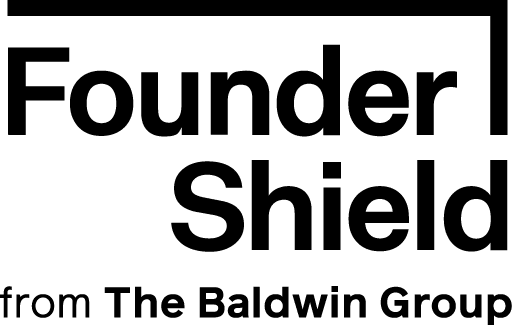Key Takeaways
Q: When is my company actually covered by our insurance policies?
The short answer is that it depends on the policy! There are a couple different types of commercial insurance policies available for purchase: “claims made” and “occurrence” policies. Whether the the policy is on a claims made or occurrence basis will determine when you can or should make a claim.
1. Claims Made Insurance Policies
Under a claims made policy, 2 things must happen during the policy period:
- a claim must be made against the insured company
- the claim must be reported to the insurer by the insured company
When those conditions are met, a the insured company can recover regardless of when the wrongful act took place. These days almost all Directors and Officers, Errors and Omissions, Cyber Liability, and Employment Practices liability policies are claims made policies.
One caveat to note here is that claims made policies will usually have a “retroactive date.” This date is essentially a cliff: any wrongful acts arising on or after that date are recoverable, but before that date are not. If you’re just binding up a brand new policy, the retroactive date will usually coincide with the policy’s start date. The retroactive date will stick through renewals in the subsequent years, however. This is why it’s important for startups to consider insurance early so that their retroactive dates are early in the company’s life. This can prevent a mishap from the company’s early days from rearing its ugly head years later.
Bottom Line: Check your retroactive dates and understand what needs to happen in an acquisition situation.
Extended Reporting Period
Given the requirements to recover under a claims made policy, coverage stops when the company stops renewing. This is why insurance carriers offer something called an extended reporting period (ERP). Basically the ERP gives the insured company an extra period to report claims that occurred after the retroactive date and before the policy was non-renewed. While it’s usually best to just renew coverage, companies that are winding up or being acquired might want to consider this option.
2. Per Occurrence Policies
In the realm of insurance, an occurrence policy stands in stark contrast to a claims-made policy. This type of policy empowers the insured company to seek compensation for an incident that occurred within the policy period, irrespective of when the claim is filed – extending the window beyond the policy’s expiration. The majority of General Liability policies operate on an occurrence basis, providing a flexible framework to manage risk effectively.
There’s a certain permanence to occurrence coverage. The policy is essentially covering a snapshot in time, so for each renewing policy period, you’re adding to your underlying limits. For example, a $1M general liability policy that has renewed for 2 years will really provide $2M in coverage: $1m for each year. This in contrast to a claims-made policy where the limits remain the same regardless of how many years the policy has been in force.
If you’re a funded startup, you likely have at least one of each type of insurance policy. Given the shift in the markets, chances are you have more claims made policies than occurrence policies. Make sure you know how both work and work with your broker to report claims early and correctly.
To learn more, you can always reach out to a member of our team by emailing info@foundershield.com at any time. Or create an account here in order to get a quote for a comprehensive program that protects your business!











